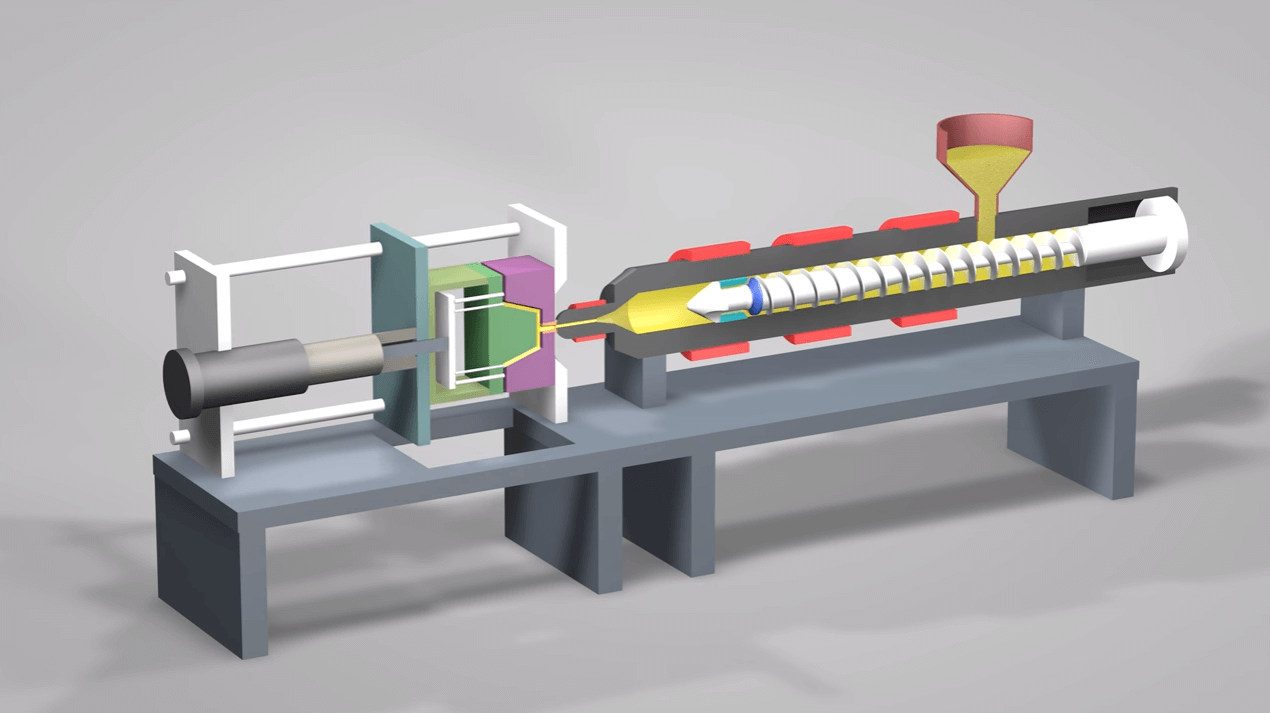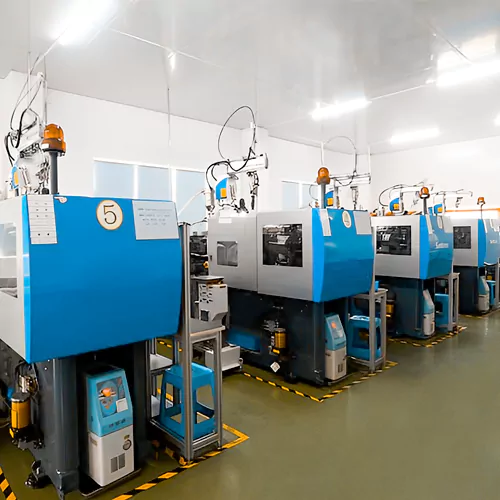The Advantages of Using Plastic Injection Molding for Personalized Parts Manufacturing
The Advantages of Using Plastic Injection Molding for Personalized Parts Manufacturing
Blog Article
Recognizing the Fundamentals of Plastic Shot Molding Processes
Plastic injection molding functions as a keystone of modern manufacturing, supplying a methodical method to generating complex components with accuracy. This procedure not only encompasses the basic actions of melting and injecting products into molds but likewise entails a nuanced understanding of numerous influencing factors, such as temperature and pressure. As markets significantly require performance and quality, the complexities of this method come to be extra crucial. Checking out these necessary components can expose exactly how even small modifications can bring about substantial renovations in manufacturing end results, elevating inquiries concerning the possibility for technology in this well-known procedure.
What Is Plastic Shot Molding?
Plastic injection molding is an extensively used production process that changes thermoplastic and thermosetting materials right into precise and complicated forms. This method is preferred for its ability to generate high volumes of similar components with extraordinary accuracy, making it a vital method in different sectors, including vehicle, durable goods, and clinical tools.
The process includes thawing the picked plastic material and injecting it right into a mold and mildew under high pressure. The mold, created to the requirements of the wanted part, enables the liquified plastic to take form as it solidifies and cools down. As soon as the product has hardened, the mold is opened up, and the ended up part is ejected.
Plastic injection molding uses numerous advantages, consisting of decreased waste, uniformity in production, and the capability to integrate elaborate styles that might be testing with other making methods. Additionally, it supports a broad variety of products, each offering distinct buildings that can be tailored for particular applications. As sectors continue to innovate, plastic shot molding stays at the forefront, allowing the growth of sophisticated items that satisfy progressing consumer demands.
The Shot Molding Process
The shot molding process is an advanced technique that includes numerous key stages to generate high-quality plastic components. Plastic pellets are fed right into a heated barrel where they are thawed into a thick liquid. This molten plastic is then infused under high stress into a precision-engineered mold and mildew, which forms the material into the desired form.
Once the mold is loaded, the plastic is enabled to solidify and cool down, taking the form of the mold and mildew dental caries. Cooling time is critical, as it influences the cycle time and the last properties of the shaped part. After enough air conditioning, the mold and mildew opens, and the finished element is ejected making use of ejector pins.

Products Utilized in Injection Molding
Different materials can be utilized in the injection molding process, each offering special properties that accommodate particular applications. The most frequently used products include thermoplastics, thermosetting plastics, and elastomers.

Thermosetting plastics, like epoxy and phenolic materials, undertake a chemical change during the treating procedure, resulting in a rigid, stringent framework. These materials are perfect for applications calling for high warm resistance and architectural stability, often utilized in automobile components and electric insulators.
Elastomers, consisting of silicone and rubber-based products, give adaptability and strength. Their one-of-a-kind residential or commercial properties make them appropriate for applications that demand elasticity, such as gaskets and seals.
Additionally, specialty materials like bio-based plastics and compounds are acquiring traction for their ecological advantages and enhanced efficiency qualities, discover this expanding the scope of shot molding applications in various markets. Understanding the residential or commercial properties of these products is essential for picking the suitable type for specific jobs.
Advantages of Shot Molding
Shot molding stands out as a very reliable manufacturing process that supplies various advantages for producing complicated parts with accuracy. Among the most substantial benefits is the capacity to create detailed styles that would be difficult or difficult to accomplish with various other techniques (Plastic Injection Molding). The procedure permits tight tolerances and comprehensive features, making certain premium elements
In addition, injection molding is understood for its quick manufacturing capabilities, making it a perfect choice for high-volume manufacturing. When the mold and mildew is created, parts can be produced promptly, lowering preparations and increasing general productivity. This performance not only decreases production costs but also offers a competitive edge on the market.
The versatility of products used in shot molding additionally enhances its charm. A vast array of thermoplastics and thermosetting polymers can be utilized, click here to read permitting producers to pick materials that best meet their certain demands, including versatility, strength, and heat resistance.
Moreover, the procedure minimizes waste, as excess material can frequently be recycled and reused. This sustainability element contributes to a lowered environmental impact, making shot molding a liable manufacturing option. Overall, the advantages of injection molding make it a recommended approach for several markets.
Aspects Impacting Item High Quality
While countless elements can influence item quality in shot molding, understanding these components is essential for accomplishing optimum results. Trick aspects include material option, refining parameters, and mold and mildew style.
Product selection plays an important role, as different polymers show one-of-a-kind properties that influence flowability, stamina, and thermal stability. Poor product option can lead to flaws such as bending or incomplete filling.
Handling criteria, including temperature, cycle, and stress time, have to be meticulously regulated. Variations in anonymous these setups can result in incongruities in part dimensions and surface area finish. For circumstances, excessively high temperature levels may trigger destruction of the polymer, while insufficient pressure can result in brief shots.
Mold style is similarly vital, as it determines the circulation of the molten plastic and the cooling procedure. Improperly designed mold and mildews might cause irregular cooling rates, causing recurring stress and anxieties and dimensional inaccuracies.

Verdict
In final thought, plastic injection molding serves as an important production procedure that enables the effective manufacturing of high-quality parts. Proficiency of the injection molding procedure, consisting of the understanding of products and the impact of different aspects on item quality, is important for accomplishing ideal outcomes. The benefits of this method, such as cost-effectiveness and design versatility, further highlight its significance across multiple sectors, strengthening its condition as a favored choice for high-volume production.
Plastic injection molding serves as a keystone of modern-day production, giving a systematic technique to producing intricate parts with precision.Plastic shot molding provides several advantages, including reduced waste, uniformity in manufacturing, and the ability to incorporate elaborate styles that might be challenging with various other manufacturing methods (Plastic Injection Molding). As sectors continue to innovate, plastic shot molding continues to be at the center, making it possible for the development of advanced products that meet evolving consumer demands
The shot molding process is an advanced technique that entails a number of key phases to create top quality plastic elements.In conclusion, plastic shot molding offers as a vital manufacturing procedure that allows the effective production of top quality components.
Report this page